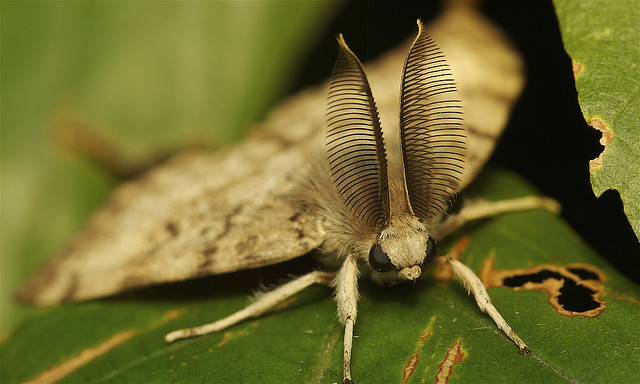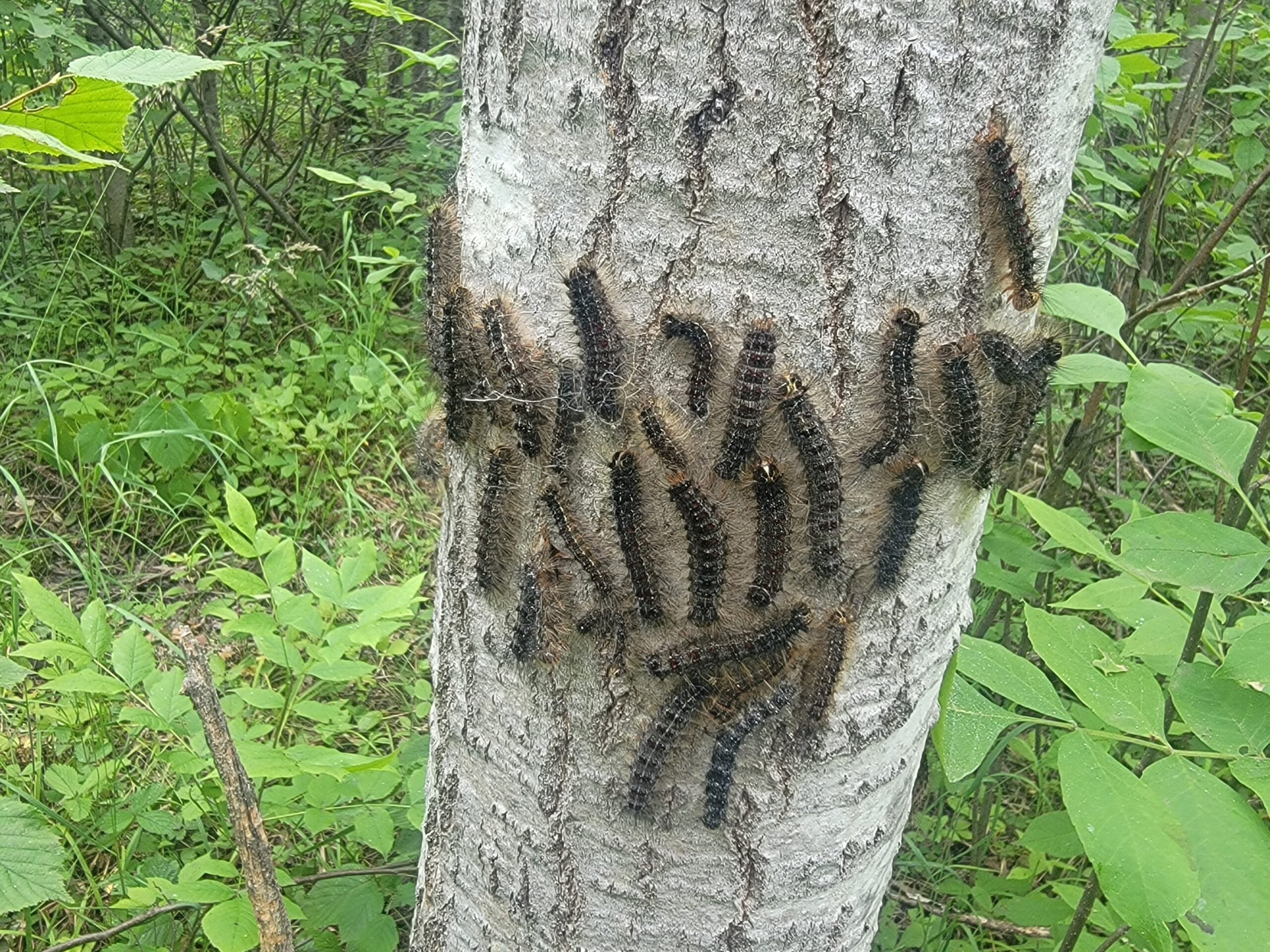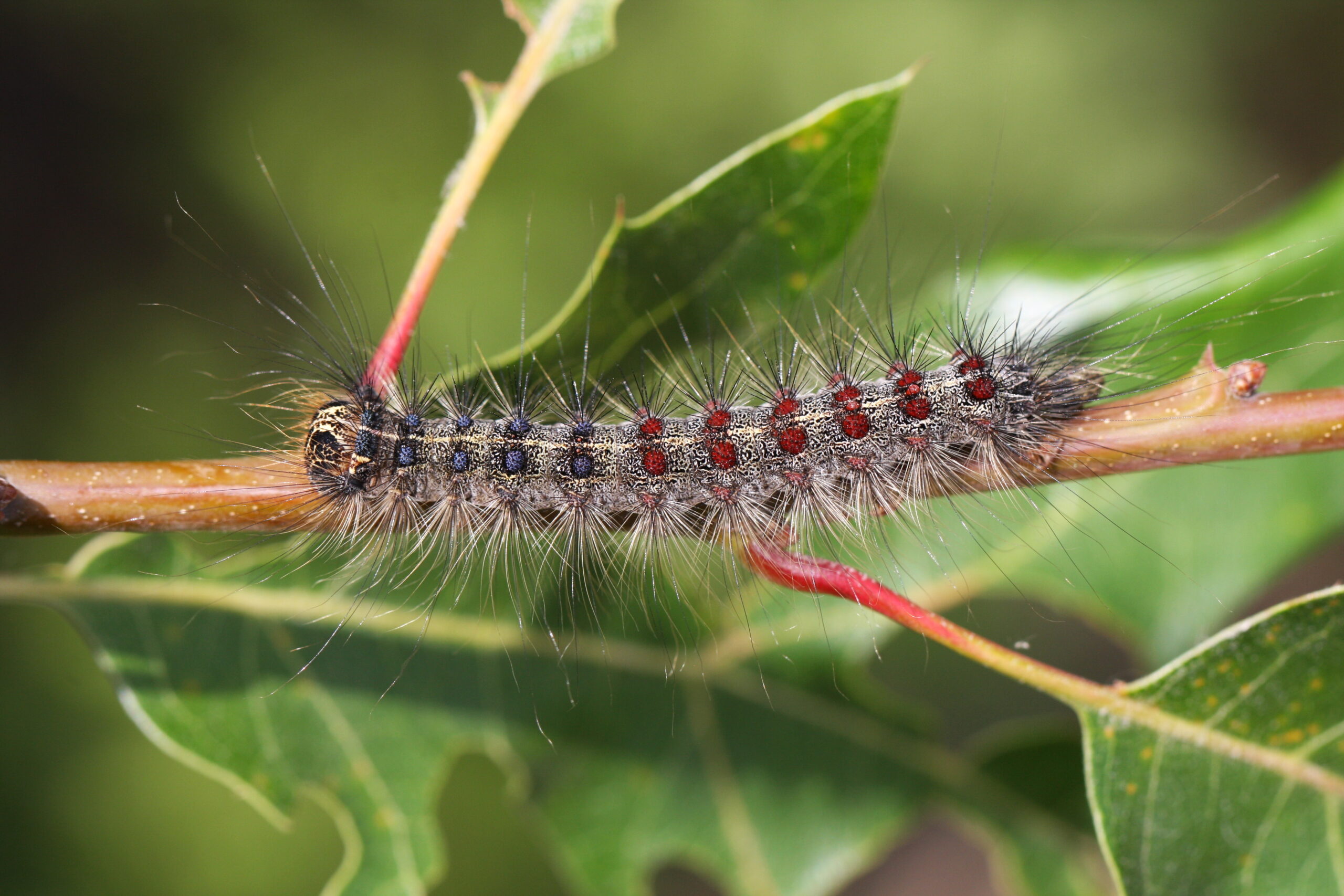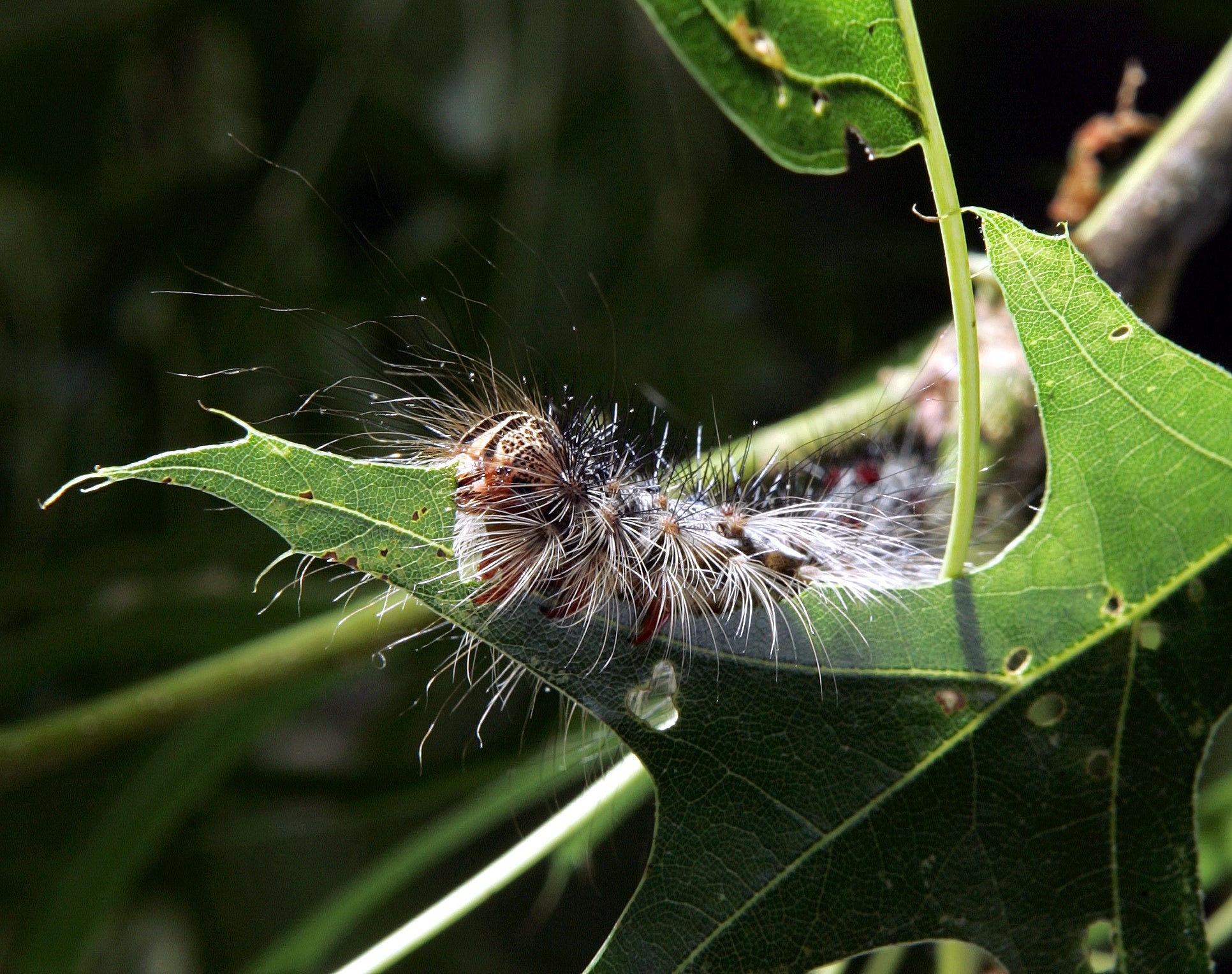Last winter’s extreme cold snaps weren’t a lot of fun for Wisconsin’s human population, but they did have an upside: they appear to have furthered a decline in the state’s invasive gypsy moth populations.
The state Department of Agriculture, Trade and Consumer Protection reported it caught 52,396 moths in its traps over the summer.
That’s down from 76,447 last year and 108,808 in 2017.
News with a little more humanity
WPR’s “Wisconsin Today” newsletter keeps you connected to the state you love without feeling overwhelmed. No paywall. No agenda. No corporate filter.
Michael Falk, DATCP gypsy moth trapping coordinator, said the cold snaps were likely the top factor in the decline.
“When you have a winter like we saw last year, where I believe in late January we had temperatures south of minus 30 degrees Fahrenheit for a couple days, then you start to see really substantial die-off of those egg masses,” he said.
Wisconsin is part of a multi-state project led by the U.S. Department of Agriculture to slow or stop the spread of the gypsy moth, which defoliate and weaken hundreds of tree and shrub species.
In addition to a spraying program, the state puts out more than 10,000 gypsy moth traps each year.
“This helps pinpoint where the current population boundaries are located, and identify outlier populations that are west of that boundary,” Falk said. “Gypsy moth is currently spreading westward, and there are areas in western Wisconsin where gypsy moth has not yet reached.”
Wisconsin Public Radio, © Copyright 2025, Board of Regents of the University of Wisconsin System and Wisconsin Educational Communications Board.





